Home>Garden Essentials>What Does Combine Infill Mean
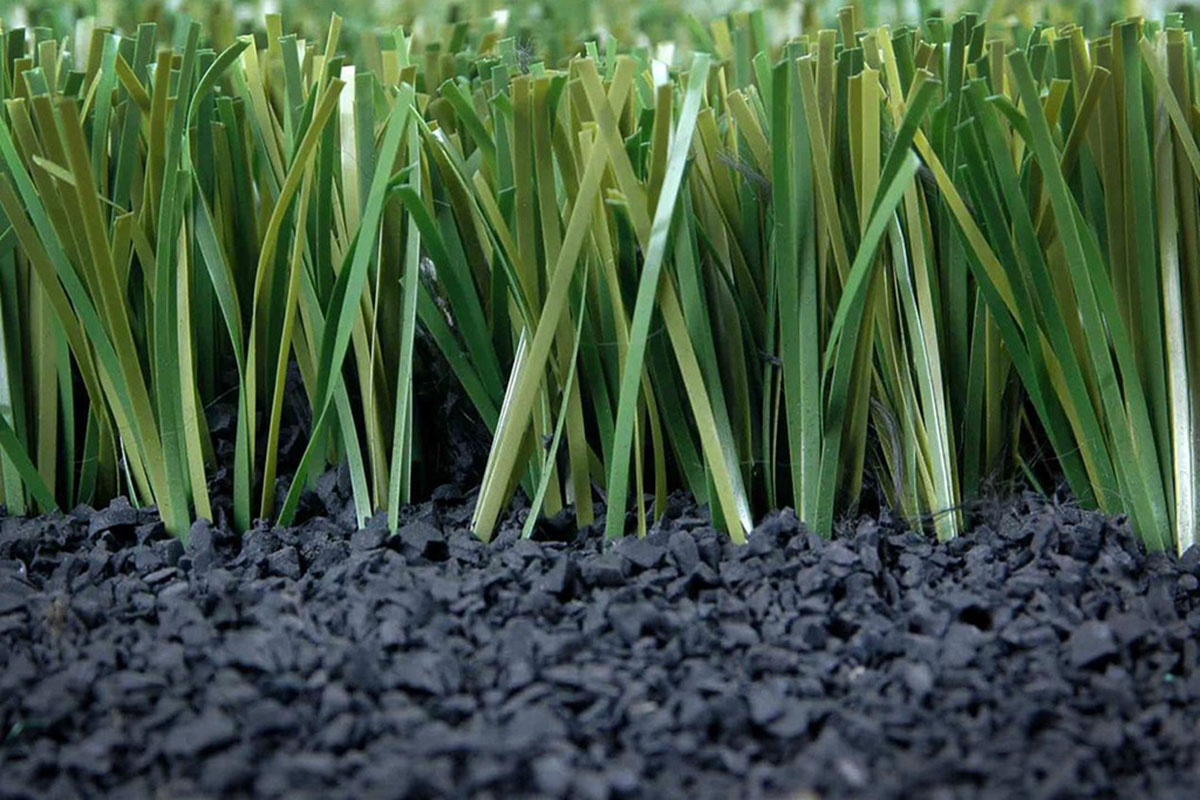

Garden Essentials
What Does Combine Infill Mean
Modified: October 19, 2024
Learn what "combine infill" means in the context of gardening and how it can enhance the performance of your garden.
(Many of the links in this article redirect to a specific reviewed product. Your purchase of these products through affiliate links helps to generate commission for Storables.com, at no extra cost. Learn more)
Introduction
Welcome to the world of gardening! Whether you’re an experienced gardener or just starting out, there’s always something new to learn about nurturing plants and creating beautiful outdoor spaces. In this article, we’ll be diving into the concept of combine infill and exploring its meaning, benefits, challenges, applications, and more.
Combine infill, in the context of gardening, refers to the technique of combining different materials to fill the gaps between plants, paving stones, or other landscaping elements. This process not only enhances the aesthetics of the garden but also serves functional purposes such as weed suppression, moisture retention, and soil protection.
Now that we have a basic understanding of combine infill, let’s take a closer look at its benefits.
Key Takeaways:
- Combine infill is a gardening technique that fills empty spaces with materials, improving garden aesthetics and providing practical benefits like weed suppression and moisture retention.
- While combine infill enhances garden appearance and plant health, it requires careful planning to address challenges such as resource competition and maintenance needs.
Read more: What Does Wetland Infill Mean
Definition of Combine Infill
Combine infill, also known as interplanting or companion planting, is a gardening technique that involves filling empty spaces between plants or hardscaping elements with various materials. These materials can range from organic substances like mulch, compost, or straw to inorganic options such as gravel, pebbles, or decorative stones. The main purpose of combine infill is to improve the overall appearance of the garden while providing practical benefits to the plants and soil.
By filling the gaps with suitable materials, combine infill helps create a visually appealing and cohesive garden design. It fills in the empty spaces, giving the garden a fuller and more abundant look. Additionally, combine infill can be customized to match the theme or style of the garden, whether it’s a rustic, modern, or cottage-inspired design.
Now, let’s explore the benefits that combine infill offers to gardeners.
Benefits of Combine Infill
The use of combine infill in gardening offers a range of benefits both for the plants and the overall garden ecosystem. Here are some of the key advantages:
- Improved aesthetics: Combine infill helps to create a visually appealing garden by filling in empty spaces and providing a cohesive and well-designed look. It can transform a bare and sparse landscape into a lush and vibrant oasis.
- Weed suppression: By filling the gaps between plants or paving stones, combine infill acts as a natural weed barrier. It limits the exposure of bare soil, making it difficult for weeds to take root and flourish. This reduces the need for frequent manual weed removal or the use of chemical herbicides.
- Moisture retention: Certain materials used in combine infill, such as mulch or compost, help retain moisture in the soil. This is particularly beneficial in hot and dry climates where water conservation is crucial. The infill helps reduce evaporation, ensuring that plants have access to an adequate water supply between irrigation or rainfall events.
- Soil protection: Combine infill acts as a protective layer on the soil surface, shielding it from the harsh elements. It helps preserve soil structure, prevents erosion, and provides insulation against extreme temperatures. This creates a healthier growing environment for plants, allowing their roots to thrive and access essential nutrients.
- Enhanced biodiversity: Combine infill can attract beneficial insects and pollinators to the garden. Certain materials, like flowers, can serve as a food source and habitat for bees, butterflies, and other beneficial creatures. This promotes a diverse and balanced ecosystem, which in turn supports improved plant health and yields.
- Reduced maintenance: Once combine infill is established, it requires minimal maintenance. The materials used, such as mulch or gravel, help suppress weeds and reduce the need for frequent watering. This saves time and effort for gardeners, allowing them to enjoy their garden more and spend less time on routine maintenance tasks.
Overall, combine infill is a valuable technique that offers both aesthetic and practical benefits for gardeners. It enhances the visual appeal of the garden, promotes healthier plant growth, and contributes to a sustainable and low-maintenance landscape.
Combine infill refers to the process of using multiple infill patterns within the same 3D printed object. This can be useful for creating parts with varying strength and flexibility in different areas.
Challenges and Limitations of Combine Infill
While combine infill brings numerous benefits to gardening, it is important to be aware of the challenges and limitations associated with this technique. Understanding these factors can help gardeners make informed decisions and adapt their strategies accordingly. Here are some of the common challenges and limitations of combine infill:
- Competition for resources: When combining different plants or materials in close proximity, there can be intense competition for resources such as water, nutrients, and sunlight. It is crucial to consider the specific needs of each plant and ensure they are compatible with the chosen combine infill materials.
- Compatibility with plant species: Not all plant species are suitable for combine infill. Some plants may have specific spacing requirements or growth habits that make interplanting challenging. It is important to research and choose compatible plant combinations to avoid issues such as overcrowding or stunted growth.
- Maintenance and management: While combine infill can reduce overall maintenance, it still requires regular monitoring and upkeep. Some materials, such as organic mulch, may need replenishing over time as they decompose. Weeds may also find their way through the infill layers and require periodic removal.
- Potential pests and diseases: Certain combine infill materials, especially those of organic origin, can attract pests or harbor diseases. For example, excessive mulch can provide shelter and moisture for slugs or snails. It is important to maintain a balance and regularly inspect the plants and infill materials to prevent or address potential issues.
- Microclimate variation: The presence of combine infill materials can influence the microclimate within the garden. For example, dark-colored mulch or stones can absorb and radiate heat differently, impacting the temperature around the plants. This can be both advantageous and disadvantageous, depending on the specific garden and its plant selection.
- Initial cost and installation: Depending on the materials chosen for combine infill, there may be an initial cost involved. For example, high-quality mulch or decorative stones can be relatively expensive. Additionally, the installation and preparation of the infill layers may require time and effort.
By being aware of these challenges and limitations, gardeners can plan and execute combine infill techniques more effectively. It is important to consider specific plant requirements, choose compatible materials, and monitor the garden regularly to ensure optimum results.
Applications of Combine Infill
Combine infill is a versatile technique that can be applied in various areas of gardening, landscaping, and hardscaping. Let’s explore some of the common applications of combine infill:
- Garden beds: Combine infill can be used in garden beds to fill in the gaps between plants and create a lush and cohesive look. Organic materials like mulch or compost can be used to improve soil health and moisture retention, while decorative stones or gravel can add visual interest and suppress weeds.
- Paving stones or pathways: Infilling the gaps between paving stones or pathway bricks can enhance the overall look and functionality. Materials like sand, gravel, or moss can be used to create a polished and visually appealing surface while preventing weed growth and improving stability.
- Container gardening: Combine infill can be applied in container gardening to maximize space and create attractive arrangements. By carefully selecting companion plants and filling in the gaps with suitable materials, container gardens can achieve a harmonious and well-balanced appearance.
- Rock gardens: Rock gardens often benefit from combine infill to create a seamless and natural-looking landscape. Different sizes and colors of stones can be used to fill in spaces between larger rocks, giving the garden a rugged and textured look.
- Water features: Combine infill can be used in and around water features, such as ponds or waterfalls, to enhance their visual appeal. Combining plants, moss, or decorative stones in and around the water can create a more natural and integrated look.
- Edging and borders: Combine infill can be applied along garden edges and borders to define and enhance the visual appeal. Materials like pebbles or small gravel can be used to create neat and attractive borders that separate garden beds or pathways from the surrounding landscape.
These are just a few examples of how combine infill can be utilized in different gardening applications. The key is to carefully consider the specific design goals, practical needs, and maintenance requirements of each area and choose suitable materials and plant combinations accordingly.
Read more: What Infill Does Shapeways Print With
Conclusion
Combine infill is a valuable technique in gardening that offers both aesthetic and practical benefits. By filling in the gaps between plants or hardscaping elements with various materials, combine infill enhances the visual appeal of the garden, suppresses weeds, retains moisture, protects the soil, and promotes biodiversity. It can be applied in a variety of gardening areas such as garden beds, pathways, containers, rock gardens, water features, and borders.
However, it’s important to understand the challenges and limitations associated with combine infill. Competition for resources, compatibility with plant species, maintenance requirements, potential pests and diseases, microclimate variation, and initial costs should be considered before implementing this technique. By addressing these considerations, gardeners can maximize the benefits of combine infill while minimizing potential drawbacks.
In conclusion, combine infill is a versatile and effective technique that allows gardeners to create beautiful and functional outdoor spaces. It adds depth, texture, and visual interest to gardens while providing practical benefits for plant health and maintenance. With proper planning, selection of suitable materials, and regular monitoring, gardeners can successfully incorporate combine infill into their gardening practices and enjoy the rewards of a vibrant and thriving landscape.
Frequently Asked Questions about What Does Combine Infill Mean
Was this page helpful?
At Storables.com, we guarantee accurate and reliable information. Our content, validated by Expert Board Contributors, is crafted following stringent Editorial Policies. We're committed to providing you with well-researched, expert-backed insights for all your informational needs.

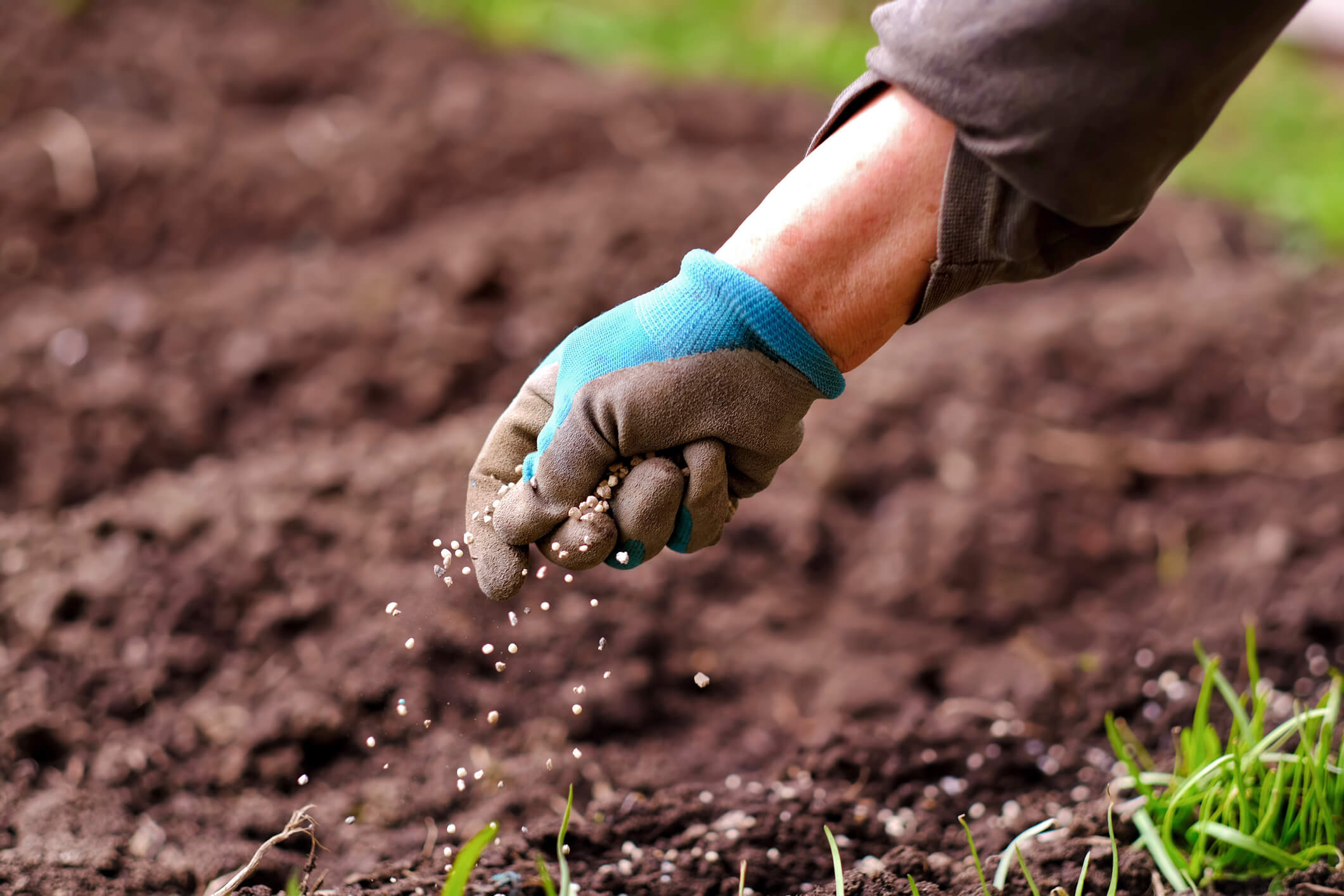


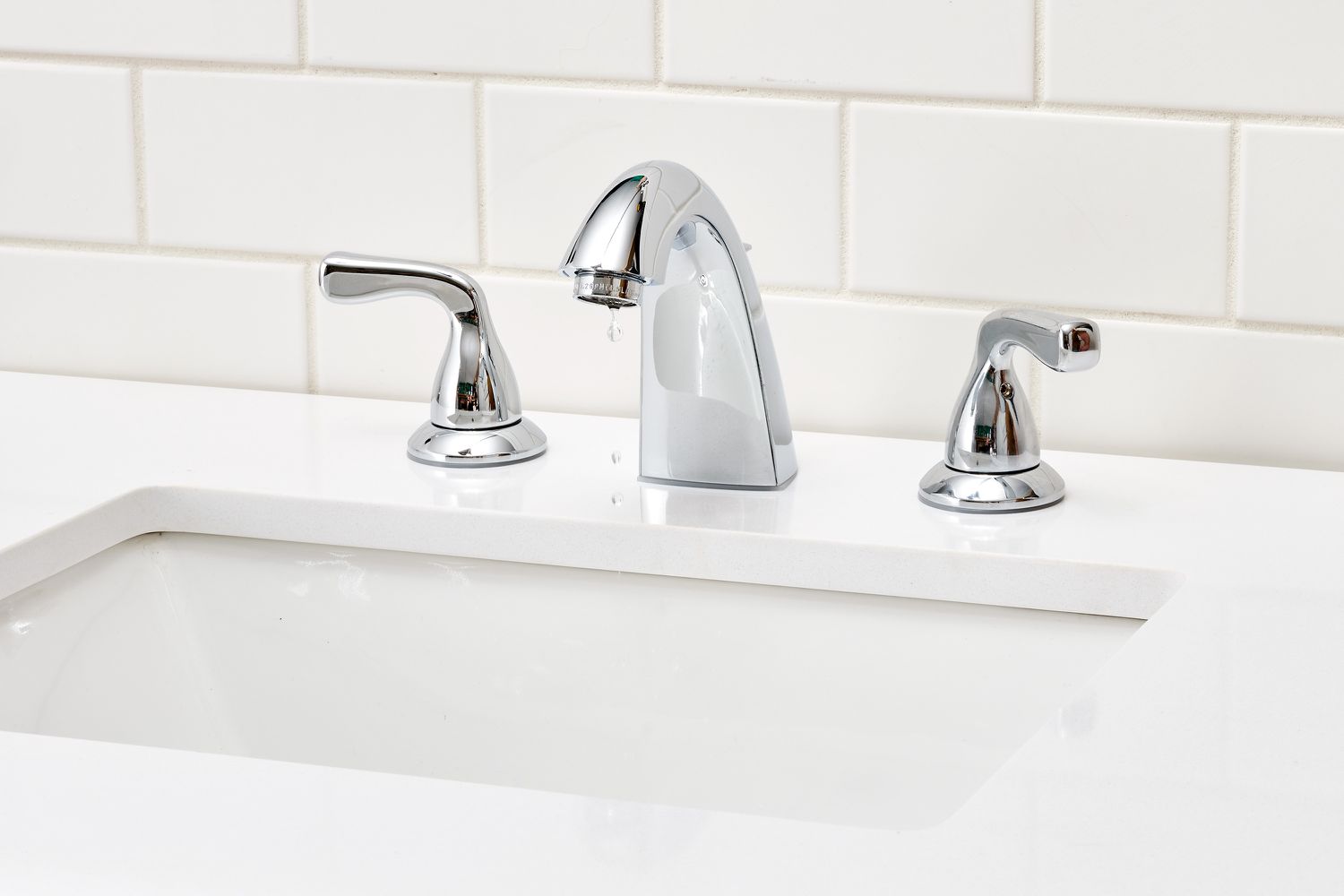

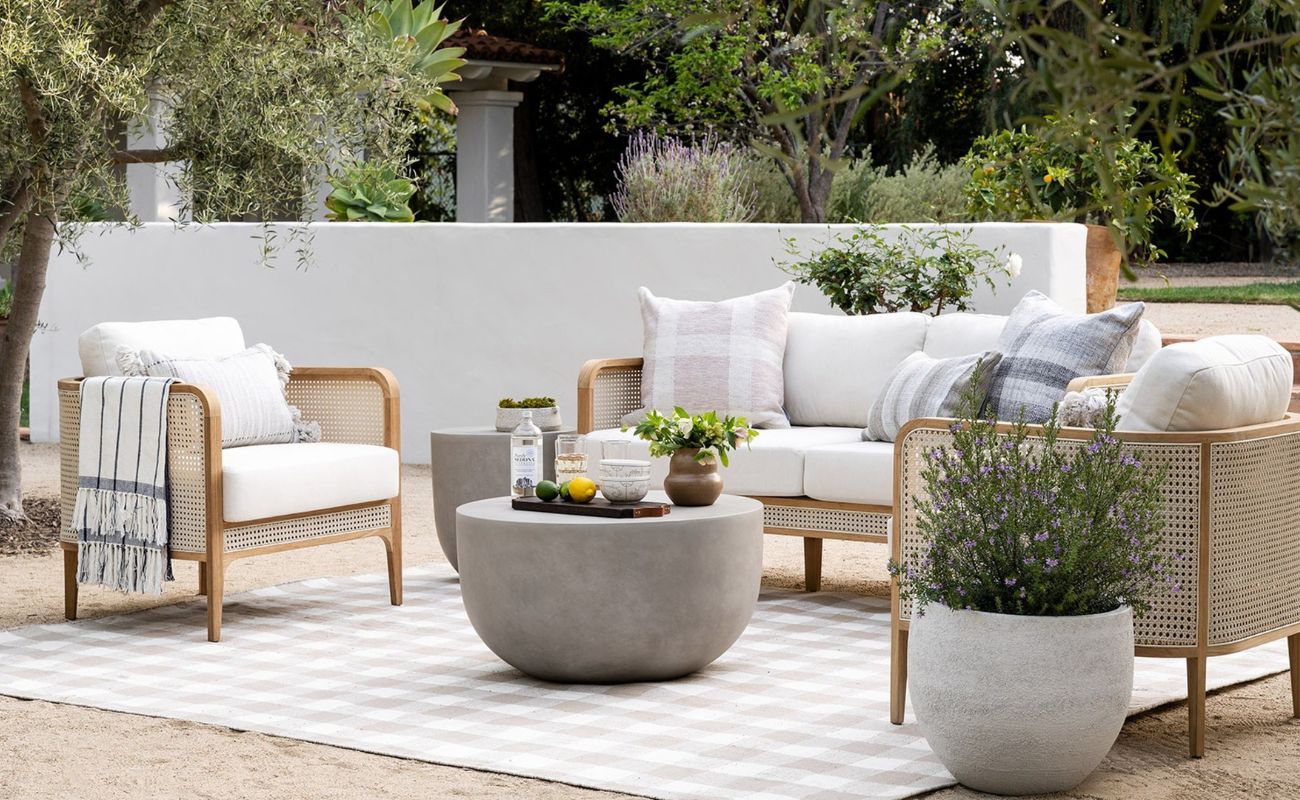

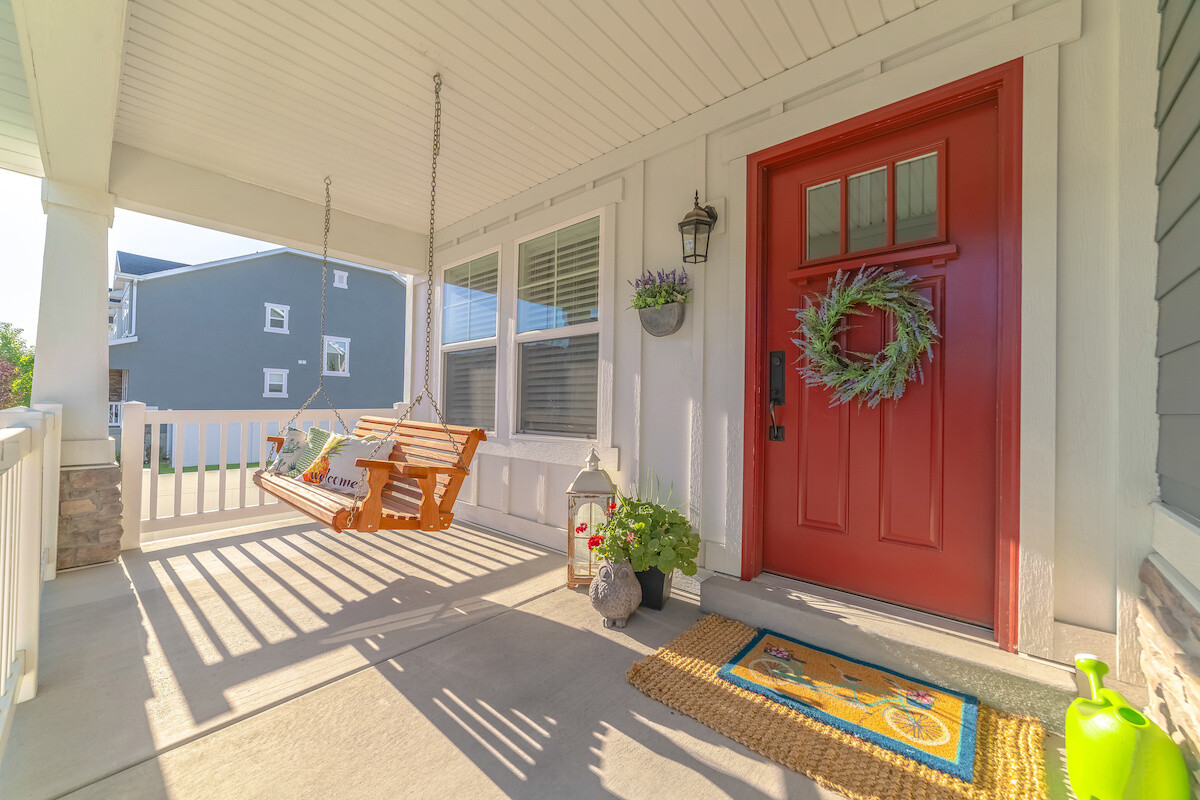

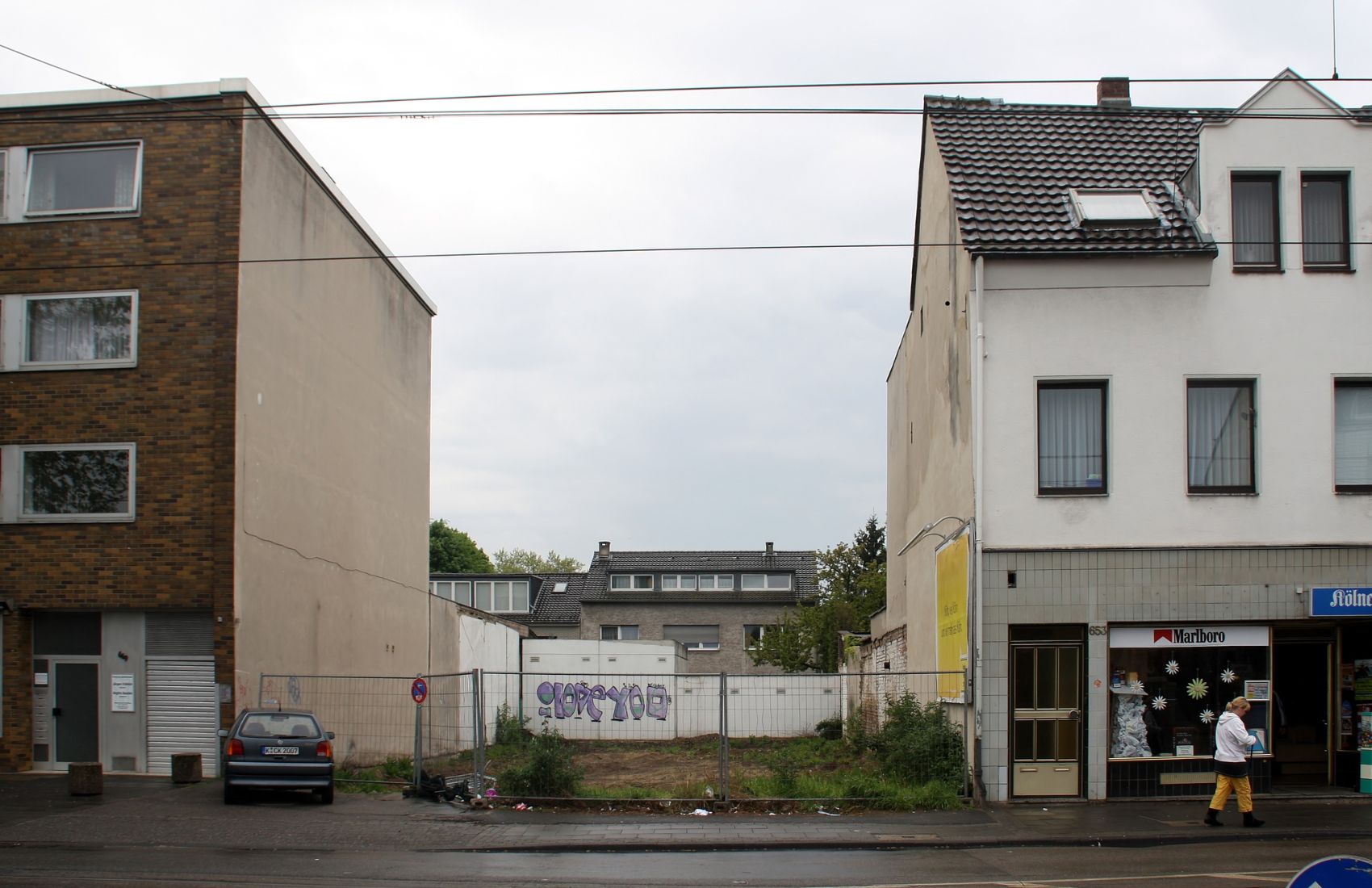
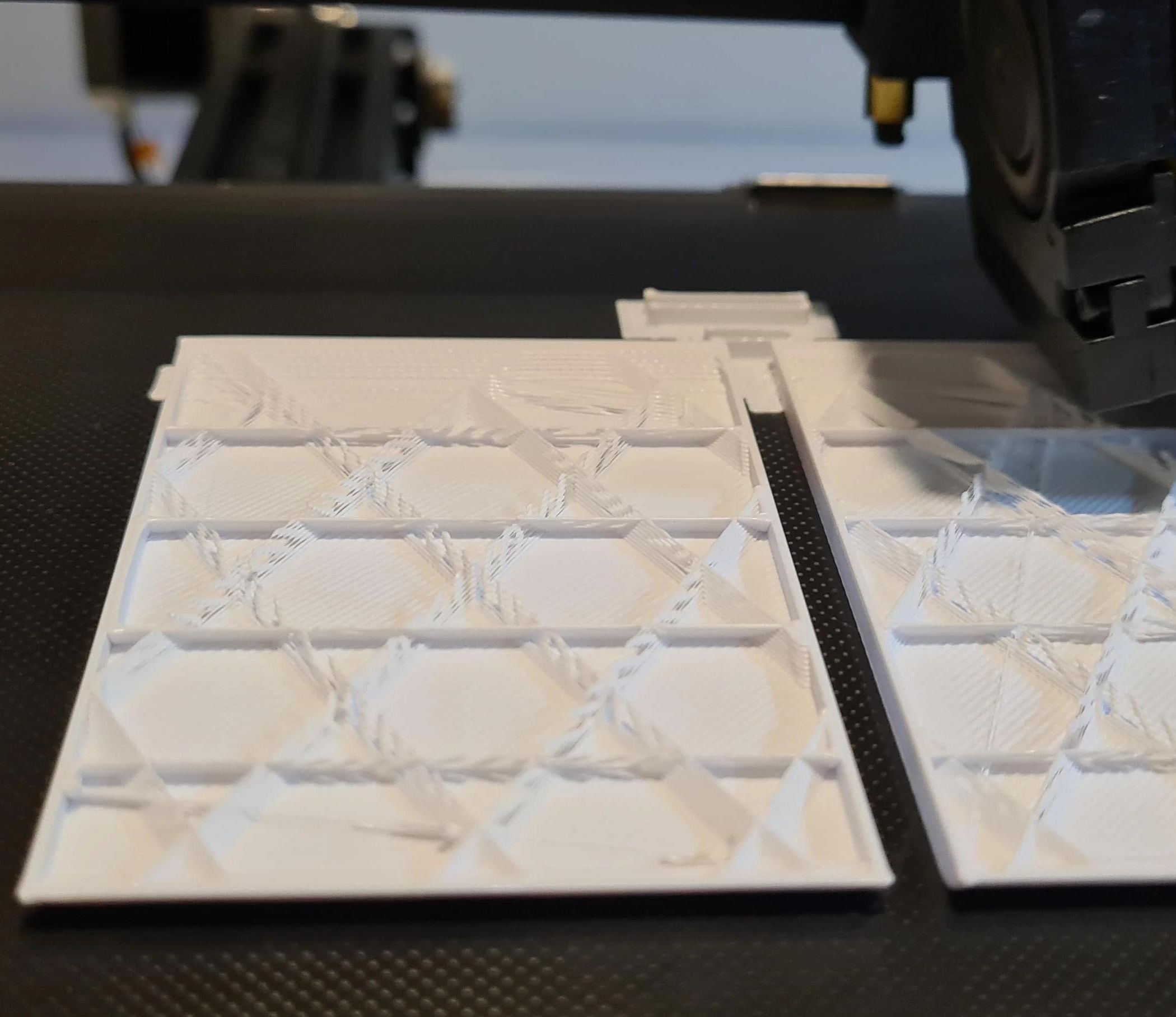
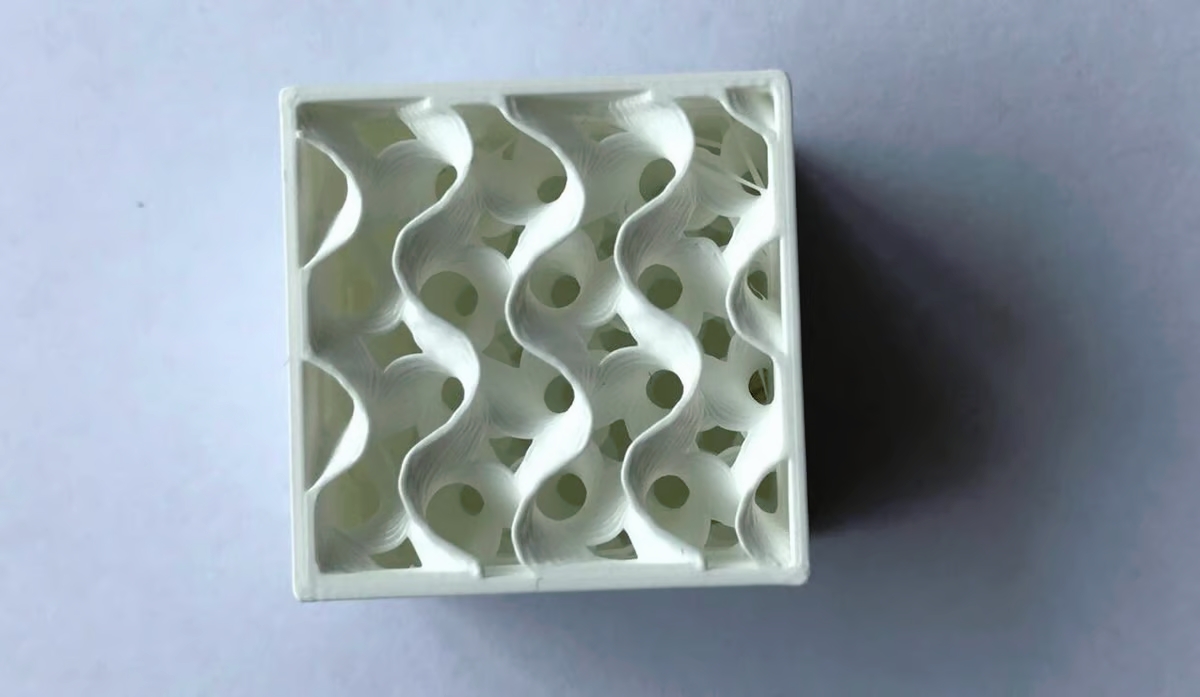
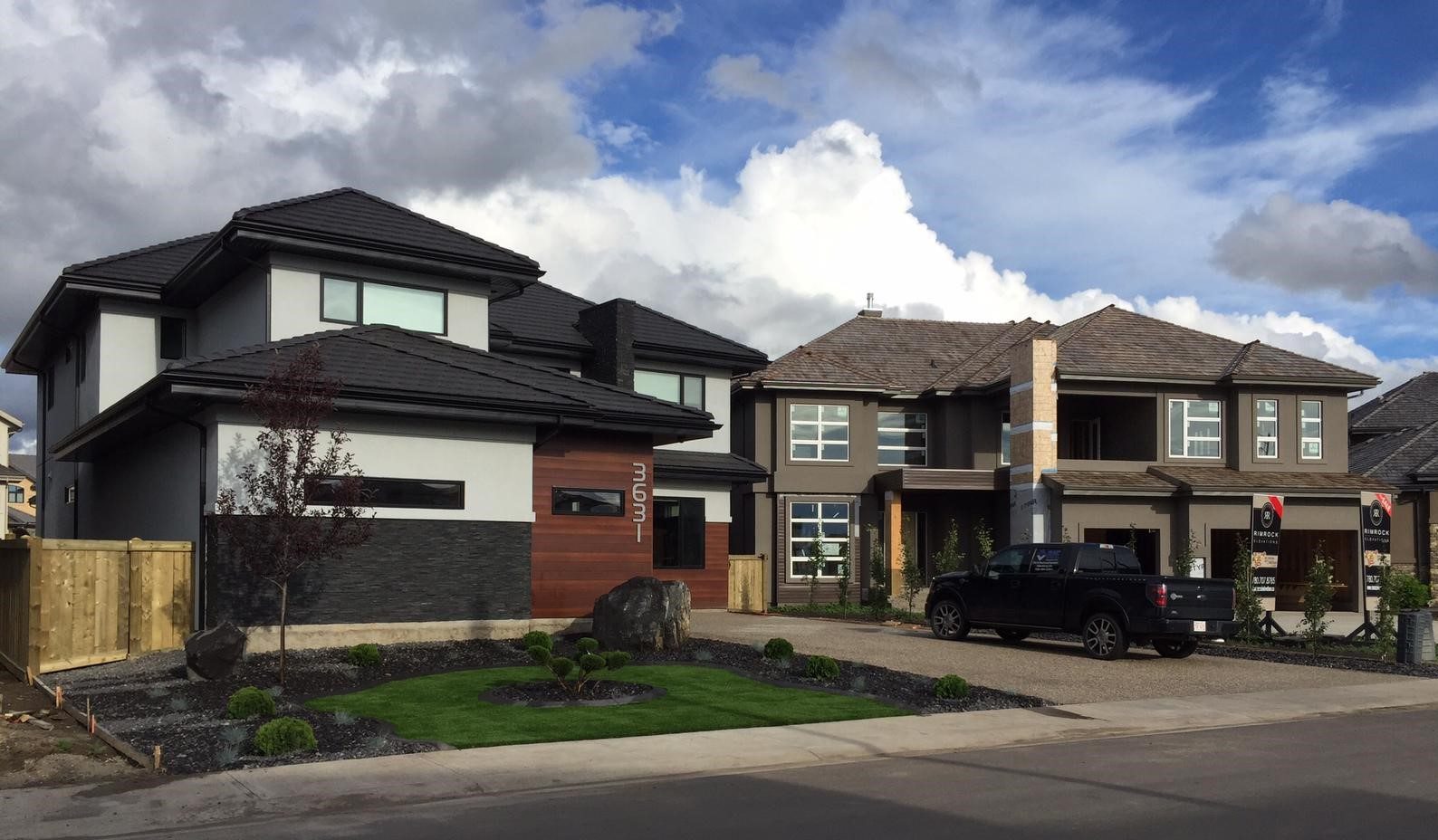

0 thoughts on “What Does Combine Infill Mean”